Print your own mini-me at the Omote 3D photo booth
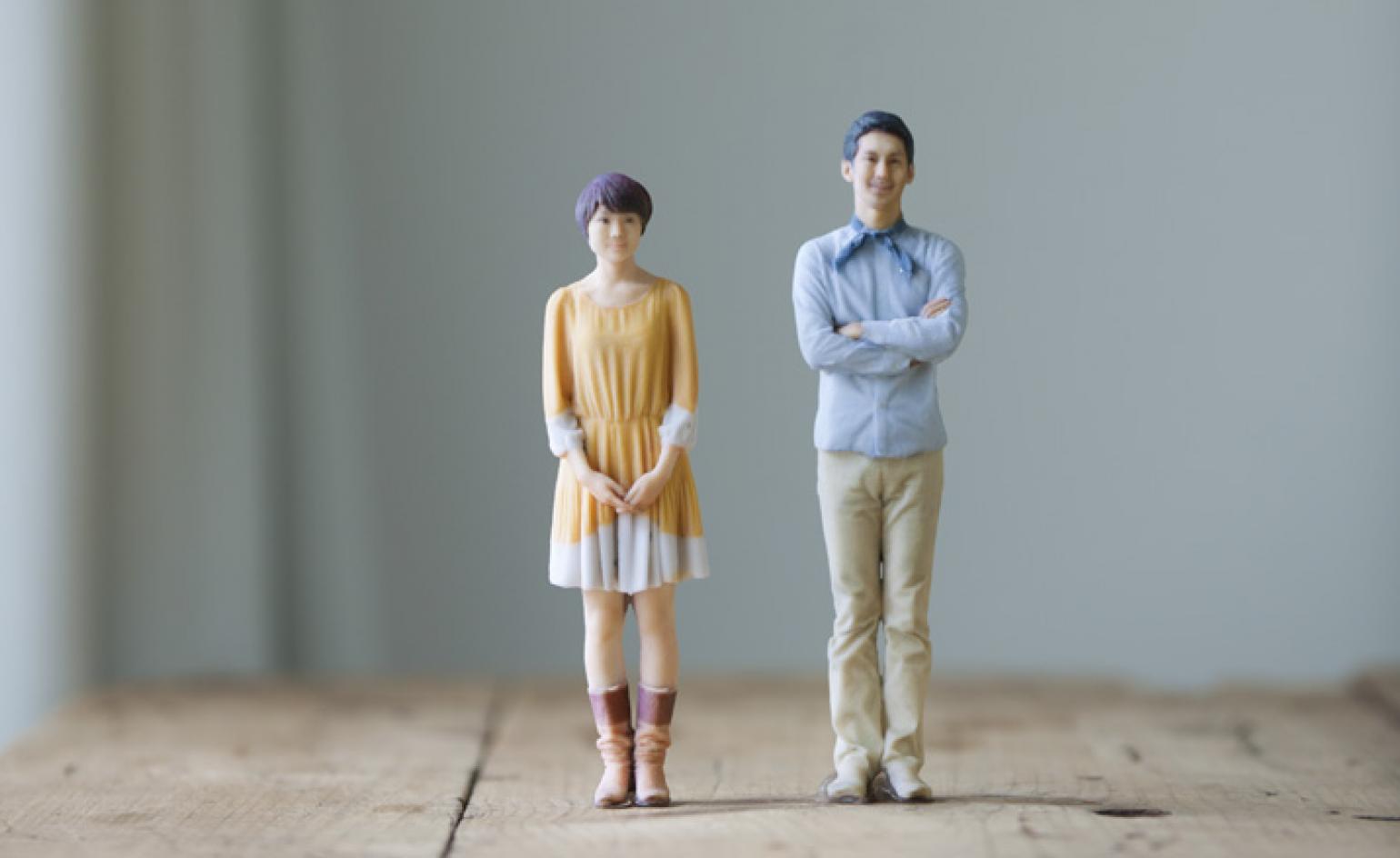
The best designs are often the most simple. Take the latest 3-D printing technology, combine it with Japanese tradition and what do you get? A unique pop-up photo booth producing miniature human replicas.
The concept for Omote 3D Shashin Kan came from by PARTY, a 'creative lab' with studios in Tokyo and New York producing hyper-versatile advertising and entertainment projects for clients including Toyota, Sony, and Google.
'The idea came from the point where we started to think about what we could do using 3D scanners and 3D printers together,' says PARTY founder Masashi Kawamura, who was recently included in Fast Company's ranking of the '100 Most Creative People in Business'. Kawamura had a specific goal in mind. 'In Japan the Shichi-Go-San festival celebrates the healthy growth of children at three, five and seven years old. Children dress up in kimonos and families take commemorative pictures. We thought that by using modern-day technology we could literary add a new dimension by creating a new form of memorabilia.'
Kawamura's training as a programmer helped translate the idea into reality. '3D printers are becoming more accessible, with higher resolution, better colour quality and more mobile scanners. So the greatest challenge we faced was experimenting with the different 3D scanners and finding the right tools to use. We also had to work out how to adjust the 3D data to prepare it for printing. Finding the right combinations and the most efficient approach took a really long time.'
A hand-held scanner takes 15 minutes to capture a 3D image of an entire body. A 3-D printer then makes a small, full-colour plastic figurine. The downside: shiny items like jewelry and intricate patterns are difficult to reproduce. The pint-sized models (measuring 10cm, 15cm or 20cm tall) take a month to be finalised and cost 21,000 to 42,000 yen - with a small discount should you have plans for a mini-me army.
Wallpaper* caught up with the Masashi Kawamura in Tokyo to find out more about his take on technology and design.
How do you select your projects?
My expertise is in film and interactive work, but I like design projects where I'm not restricted in the mediums I can use. I like to explore different methods of communication, so I always try to think of the best idea, then the best medium to bring it to life. We love working on projects where we can experiment with ways to combine storytelling and technology. The original idea for the 3D models was there when we started PARTY last June. We wanted to use the technique to capture our opening party, but we didn't have enough time, being too busy with the start-up.
How do you see 3D technology evolving? We're thinking there is an untapped market for architects to place perfect replicas of their clients in architectural models.
We have several uses in mind, but can't tell you yet. Personally, I'd love to have a 3D model made of the Dalai Lama. I can see 3D scanning and 3D printing becoming cheaper and with even better resolution. Also, there should be more variations in size and materials in the future.
You come from a programming background but are working in highly creative fields. Explain to us the difference between the two approaches and how you reconcile them.
I actually don't think there's a huge difference between them. My mind thinks in a very logical way, almost as if I'm coding, even when I'm making a music video, for example.
You've designed books and virtual cars for children and now 3-D photography. What's next?
Right now I'm very interested in tangible/experiential stuff, thinking of ways to take social interactions out of the computer and inject them into actual spaces and products. The advancement in technology is very interesting for me - it means there are more tools I can play with. But I always warn creatives that it doesn't mean you need to use the latest technology. The important thing is to combine the right emotional story with the right technology.
If you had an unlimited budget for a single project, what would you do?
I might want to design a new country.
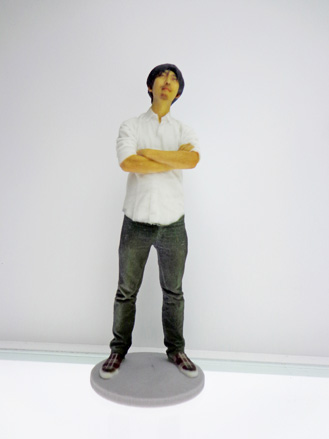
A 3D figure of Masashi Kawamura, founder of PARTY
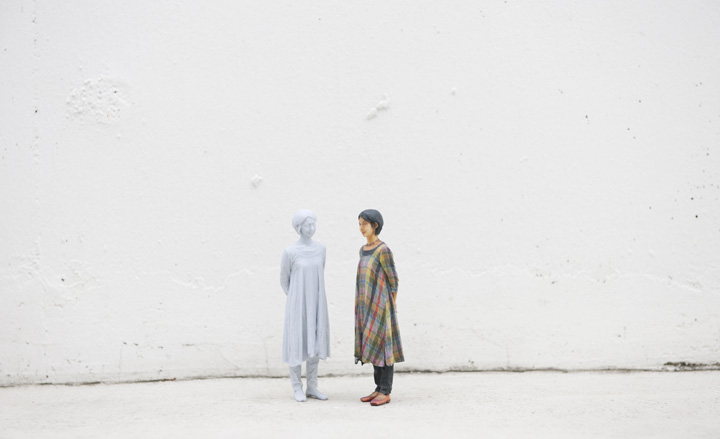
A figurine before and after the colouring process
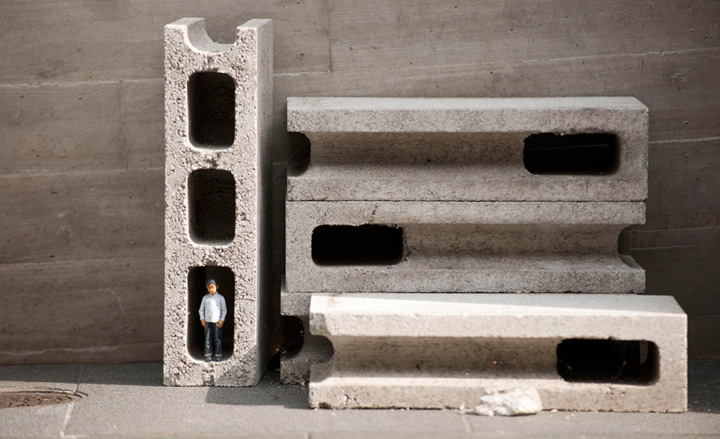
'We thought that by using modern-day technology we could literary add a new dimension by creating a new form of memorabilia,' says Masashi Kawamura
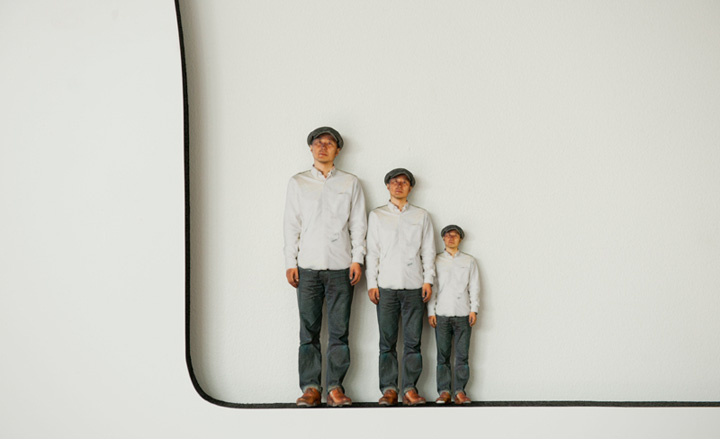
Photo booth visitors can print themselves in three different sizes: 10cm, 15cm or 20cm
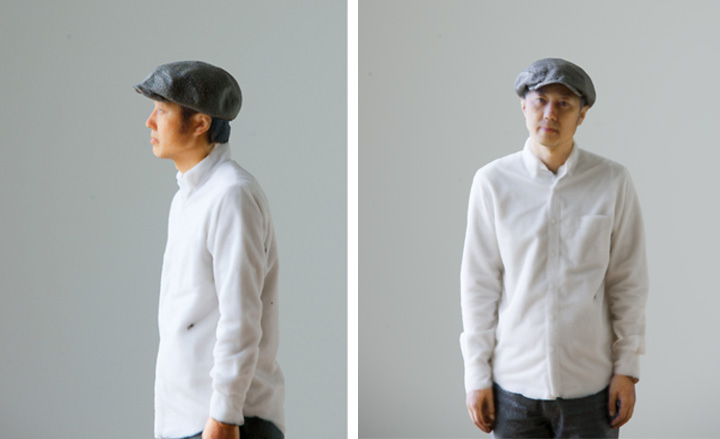
Even clothing creases are recreated on a miniature scale
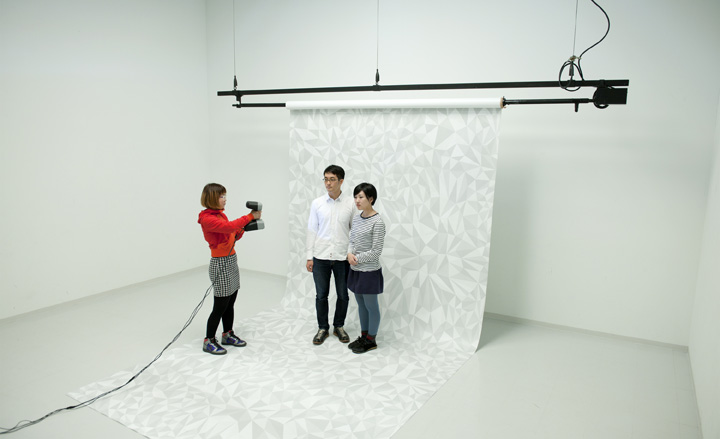
The photo booth itself
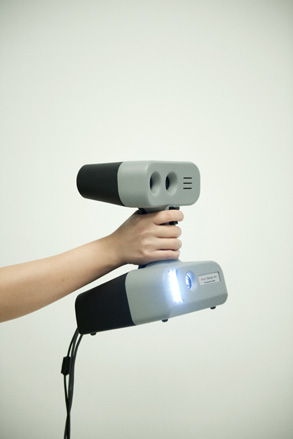
The hand-held scanner, which takes 15 minutes to capture a 3-D image of an entire body
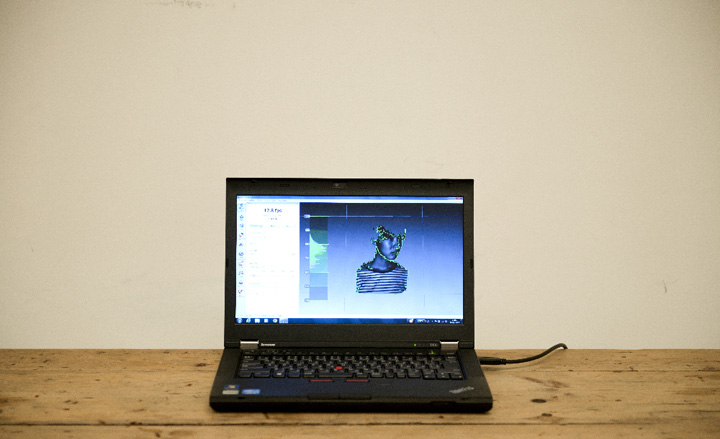
The image is then uploaded onto a computer
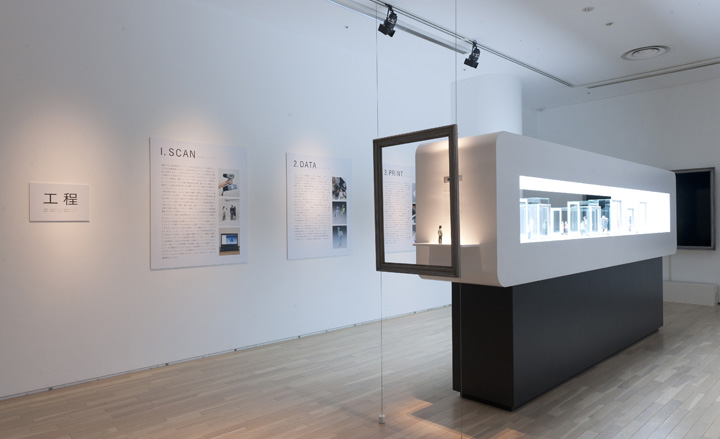
The pop-up exhibition at Gyre
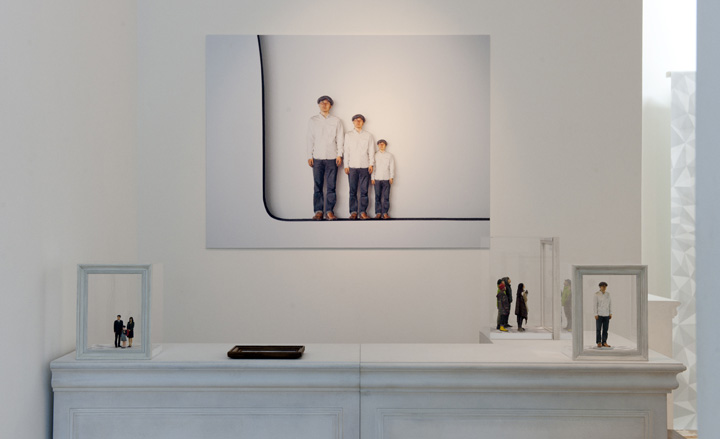
The pint-sized models take a month to be finalised and cost 21,000 to 42,000 yen - with a small discount should you have plans for a mini-me army
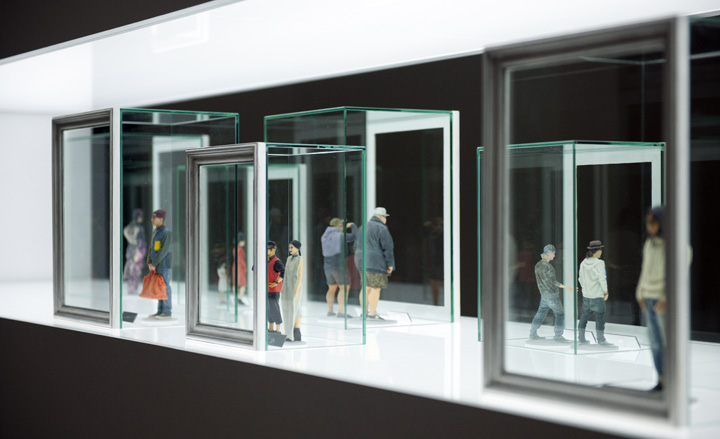
The mini-crowd exhibited at the photo booth
ADDRESS
Gyre, 5-10-1 Jingumae, Shibuya, Tokyo
Receive our daily digest of inspiration, escapism and design stories from around the world direct to your inbox.
Catherine Shaw is a writer, editor and consultant specialising in architecture and design. She has written and contributed to over ten books, including award-winning monographs on art collector and designer Alan Chan, and on architect William Lim's Asian design philosophy. She has also authored books on architect André Fu, on Turkish interior designer Zeynep Fadıllıoğlu, and on Beijing-based OPEN Architecture's most significant cultural projects across China.
-
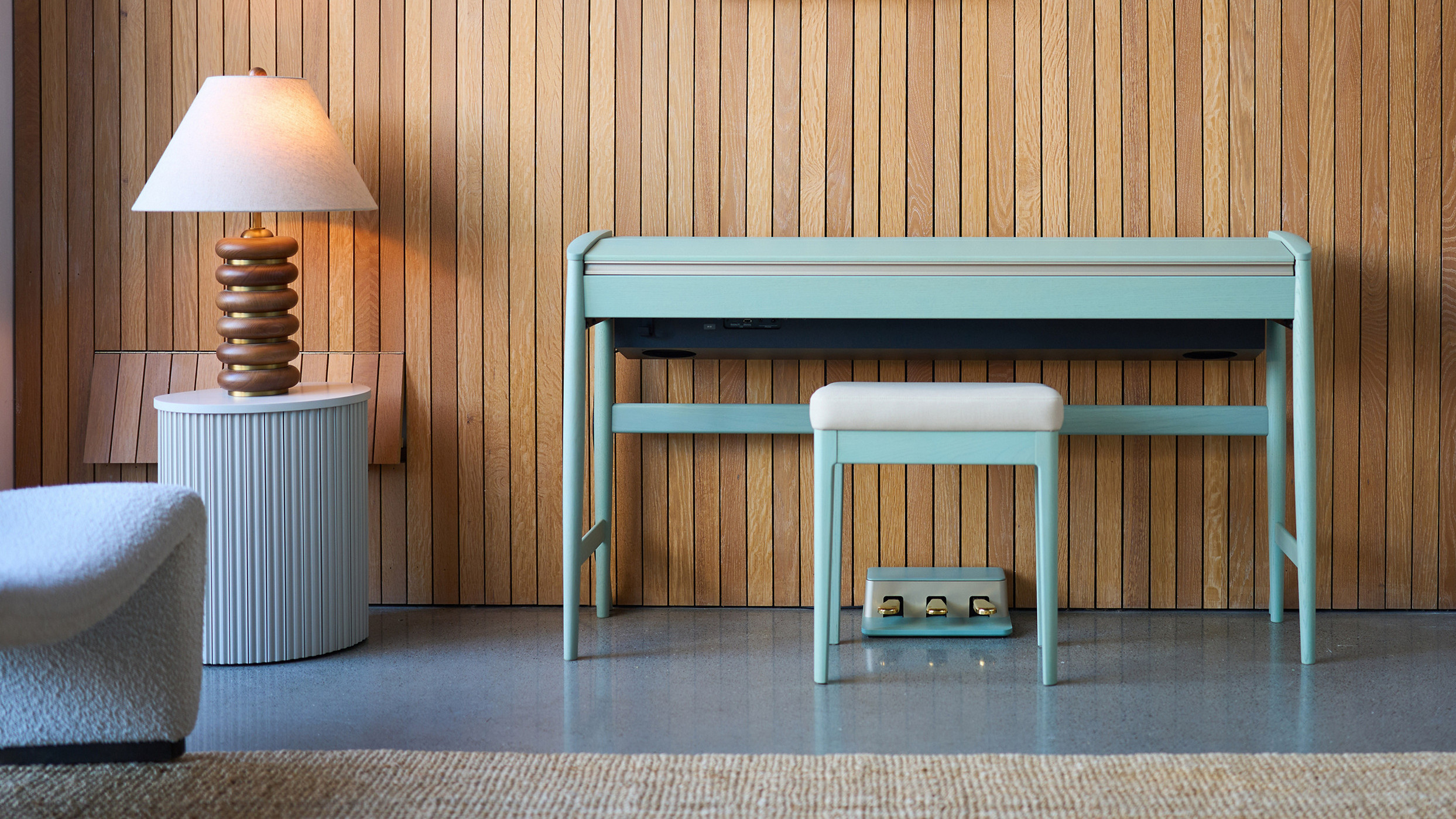 Roland and Karimoku expand their range of handcrafted Kiyola digital pianos
Roland and Karimoku expand their range of handcrafted Kiyola digital pianosThe new Roland KF-20 and KF-25 are the latest exquisitely crafted digital pianos from Roland, fusing traditional furniture-making methods with high-tech sound
-
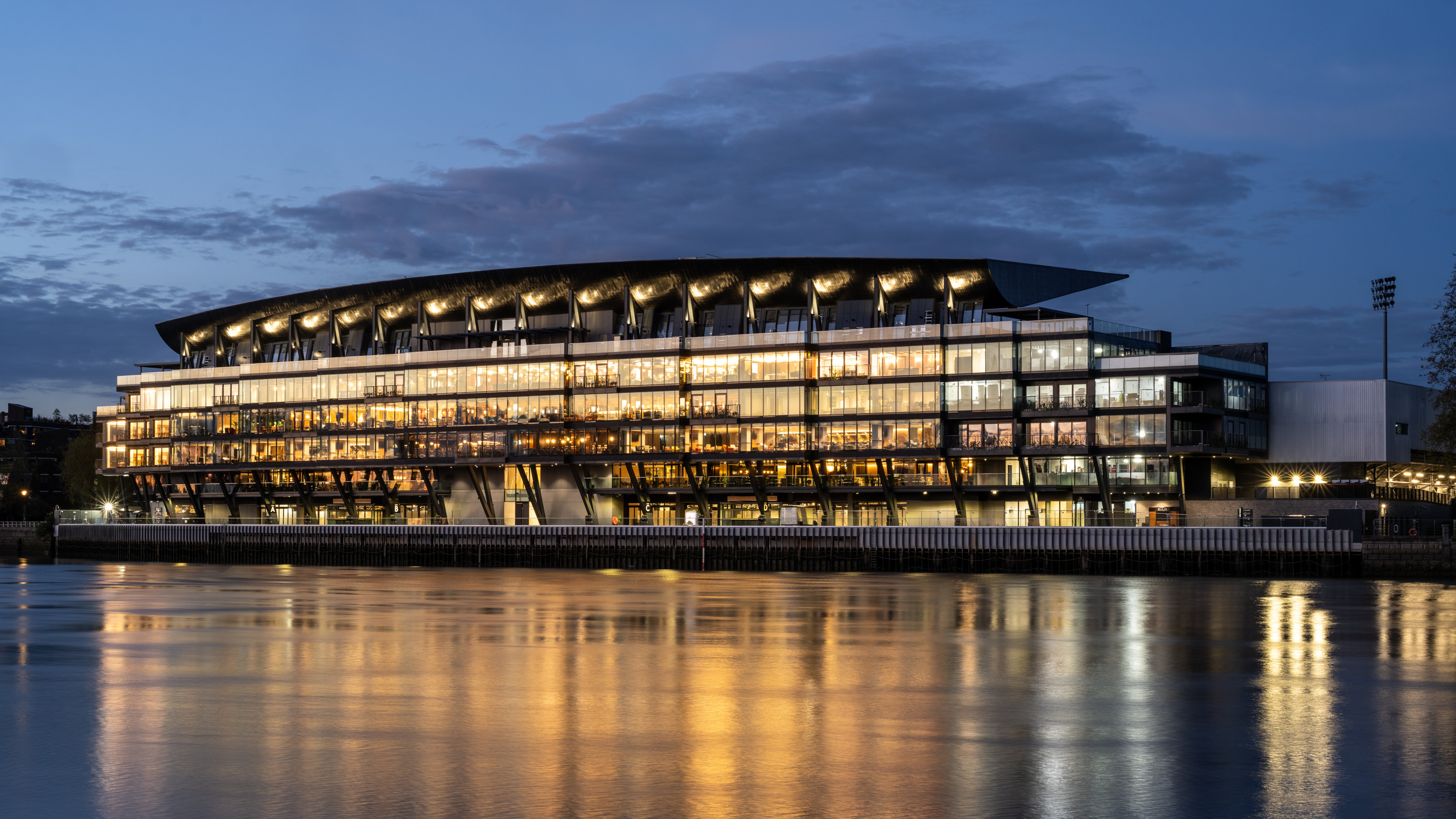 Fulham FC’s new Riverside Stand by Populous reshapes the match-day experience and beyond
Fulham FC’s new Riverside Stand by Populous reshapes the match-day experience and beyondPopulous has transformed Fulham FC’s image with a glamorous new stand, part of its mission to create the next generation of entertainment architecture, from London to Rome and Riyadh
-
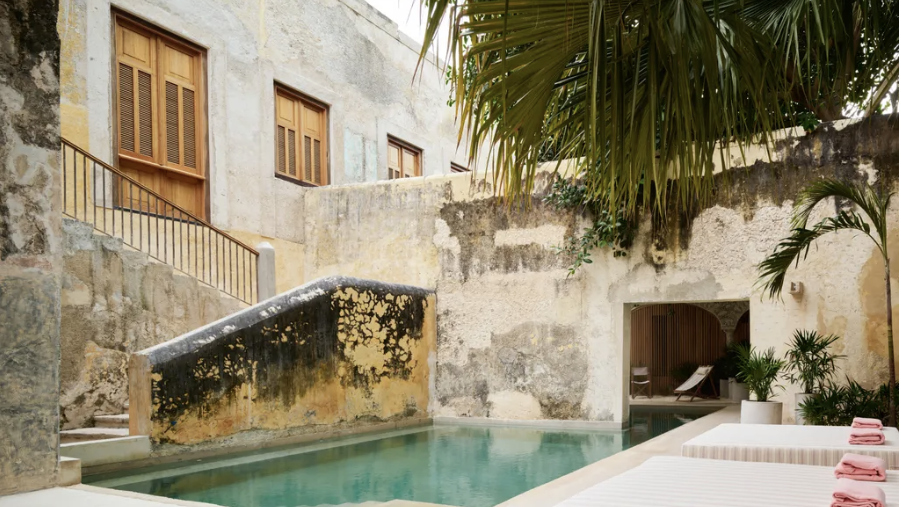 A contemporary Mexican hotel emerges from a 16th-century ruin in Mérida
A contemporary Mexican hotel emerges from a 16th-century ruin in MéridaA renovation project by Zeller & Moye, Mérida’s new Hotel Sevilla wears its architectural interventions lightly, mixing new brutalist elements into listed interiors and a palm-filled courtyard
-
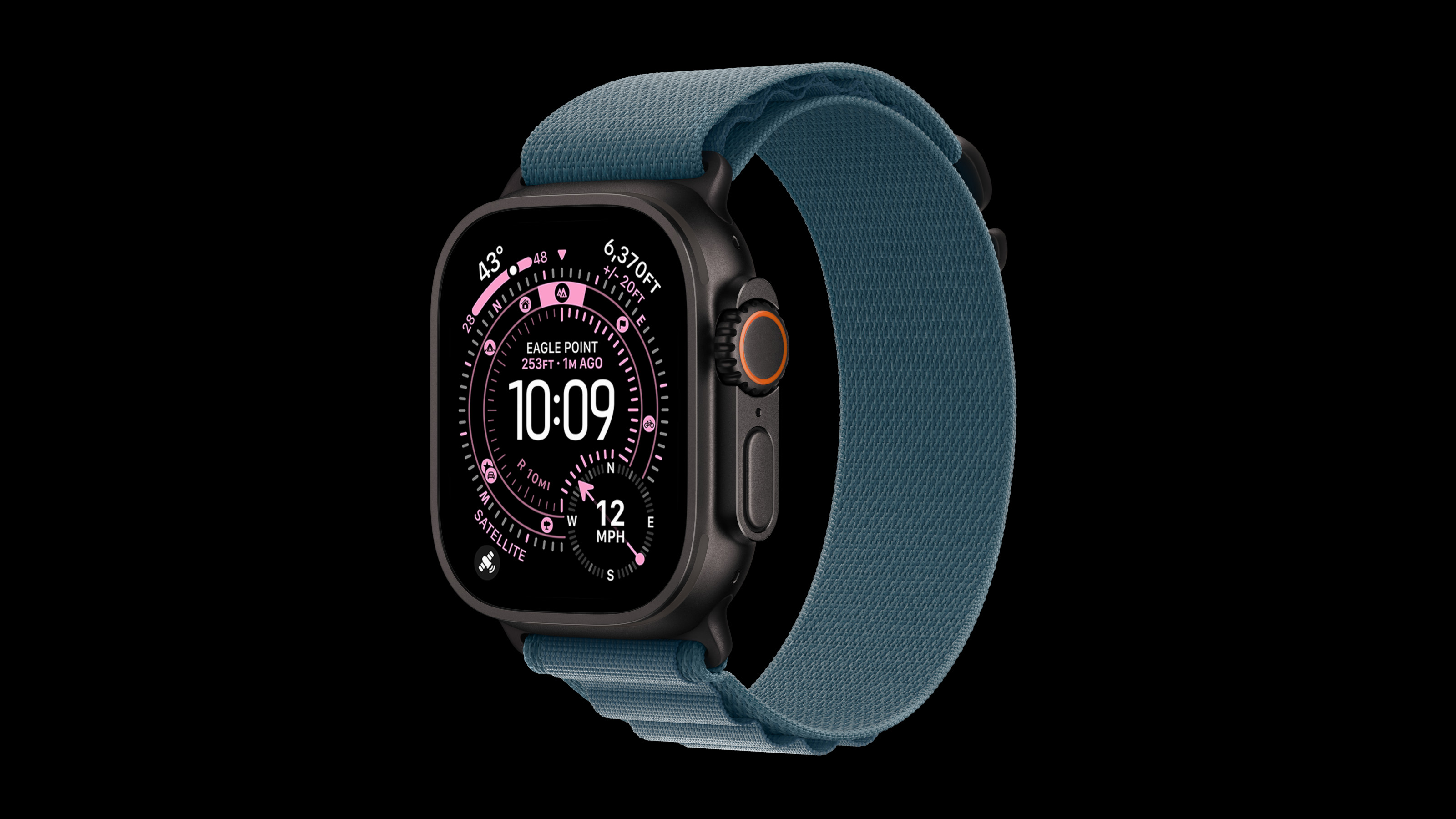 Apple Watch Ultra 3 has innovation at its heart – a 3D-printed titanium case
Apple Watch Ultra 3 has innovation at its heart – a 3D-printed titanium caseWe delve into Apple’s pioneering use of 3D-printed metal, and how it ties in with the company’s path to carbon neutrality
-
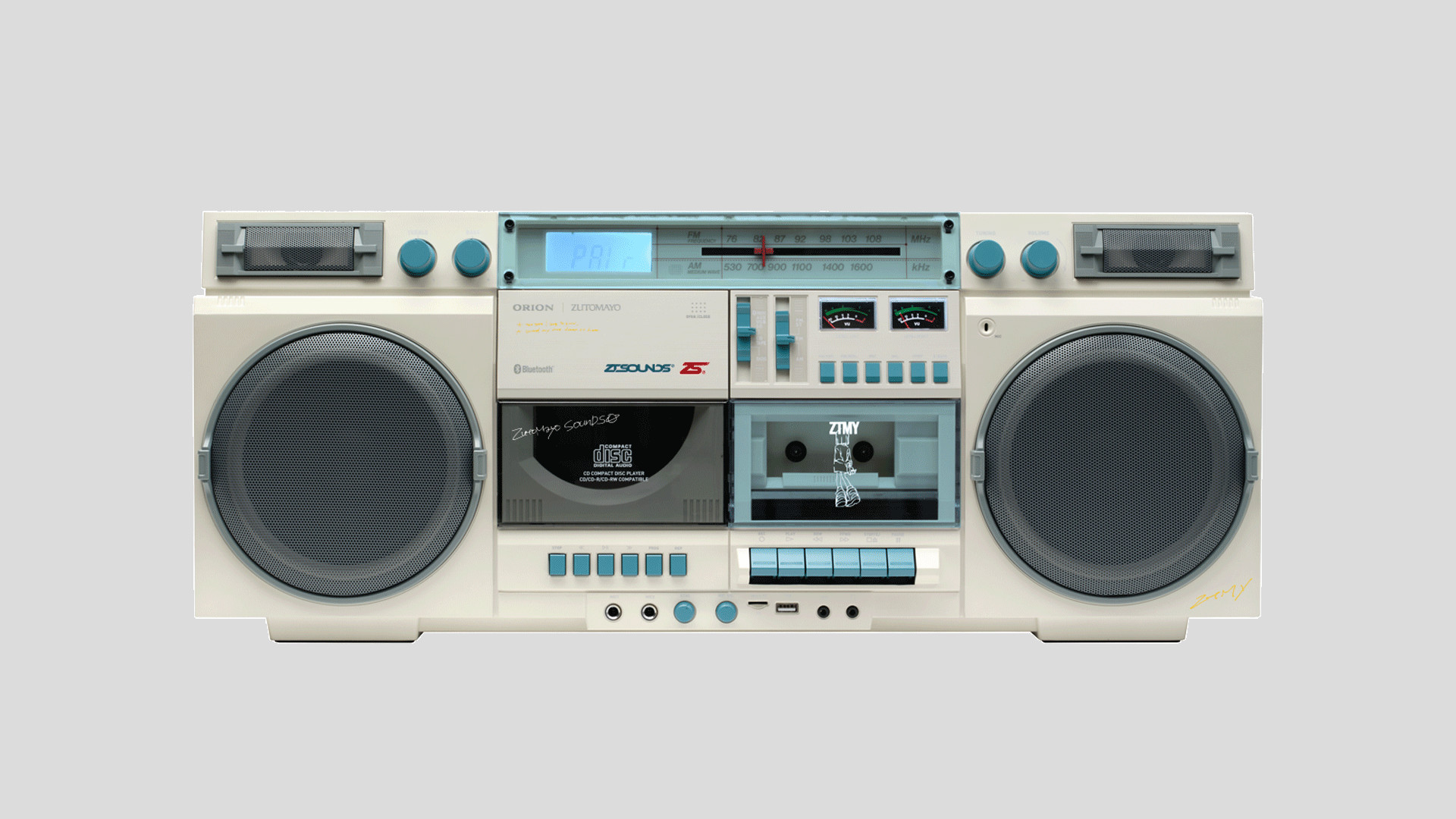 A limited-edition retro Boombox from a cult Japanese band is the ultimate musical merch
A limited-edition retro Boombox from a cult Japanese band is the ultimate musical merchRock band Zutomayo has teamed up with electronics firm Orion to make a branded Boombox that'll cover all sonic bases and audio formats
-
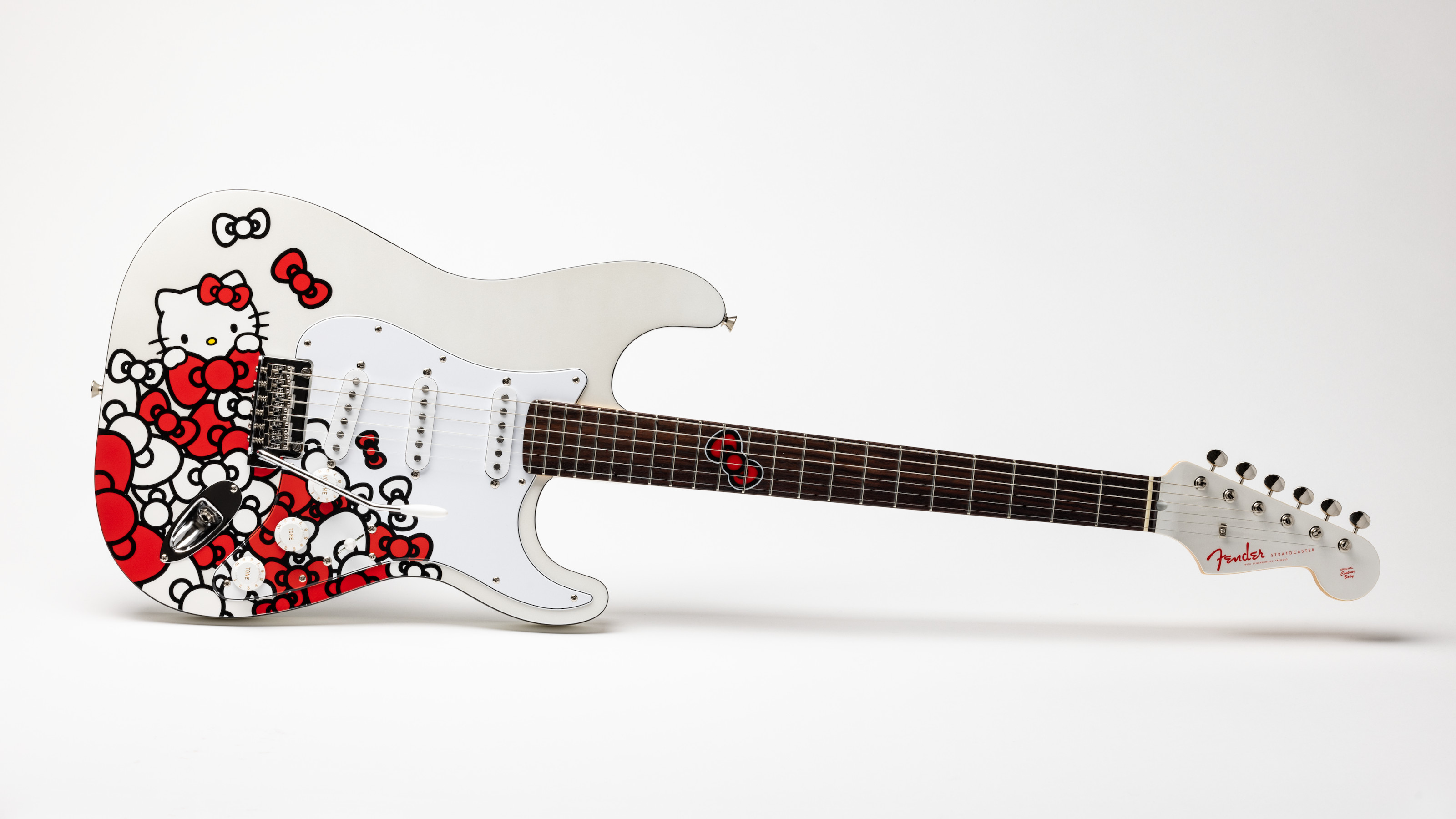 Fender Hello Kitty Stratocaster marks 50 years of Sanrio’s finest cartoon cat
Fender Hello Kitty Stratocaster marks 50 years of Sanrio’s finest cartoon catHello Kitty reaches her half-century in 2025 and Fender Japan is out to celebrate with guitars and new merchandise, including a revival of its cult Squier Hello Kitty Stratocaster
-
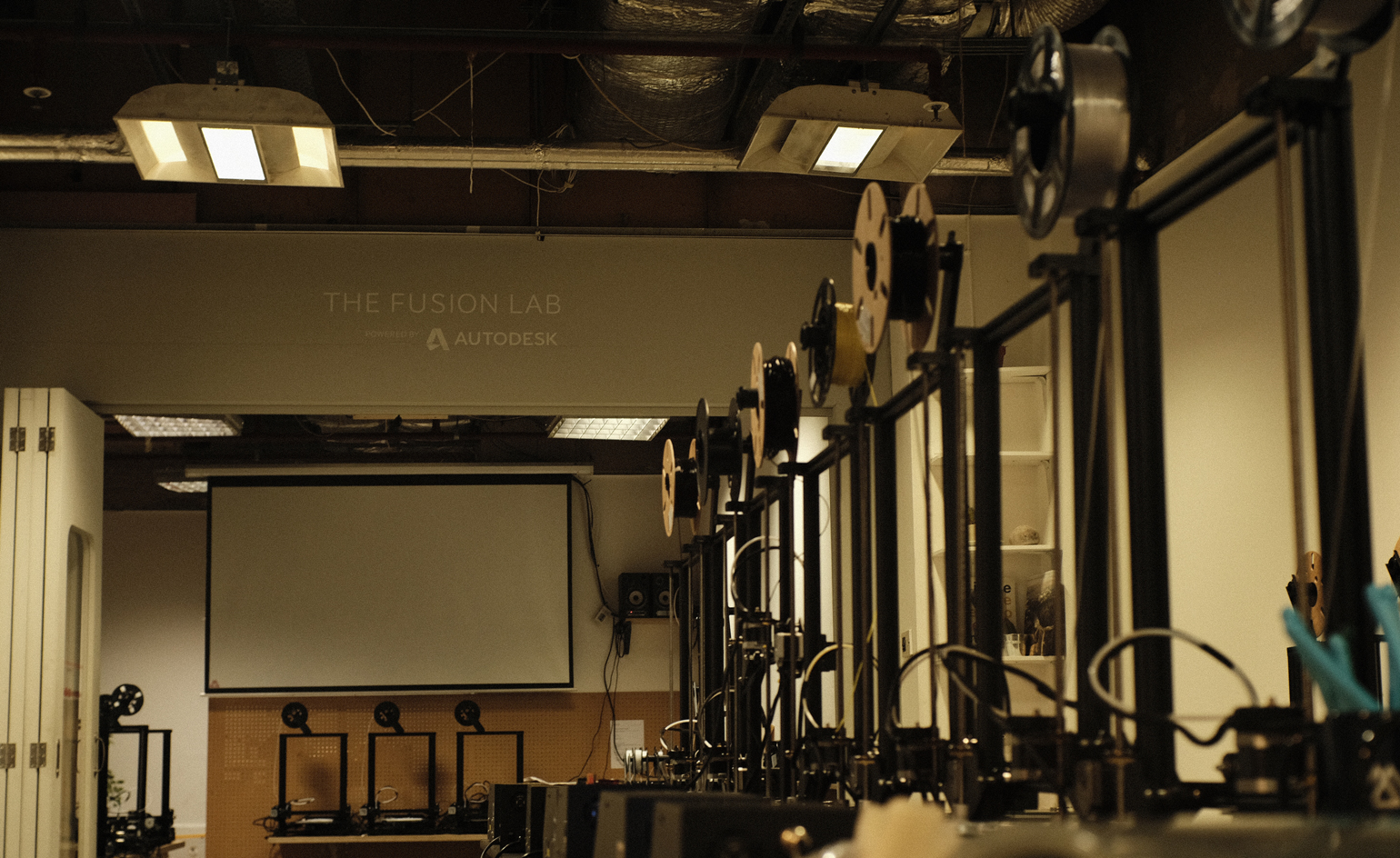 Makerversity is 3D printing vital PPE for the NHS
Makerversity is 3D printing vital PPE for the NHSHeroes charity and design researcher Nate Petre team up to make PPE for frontline NHS staff, direct from London tech hub Makerversity
-
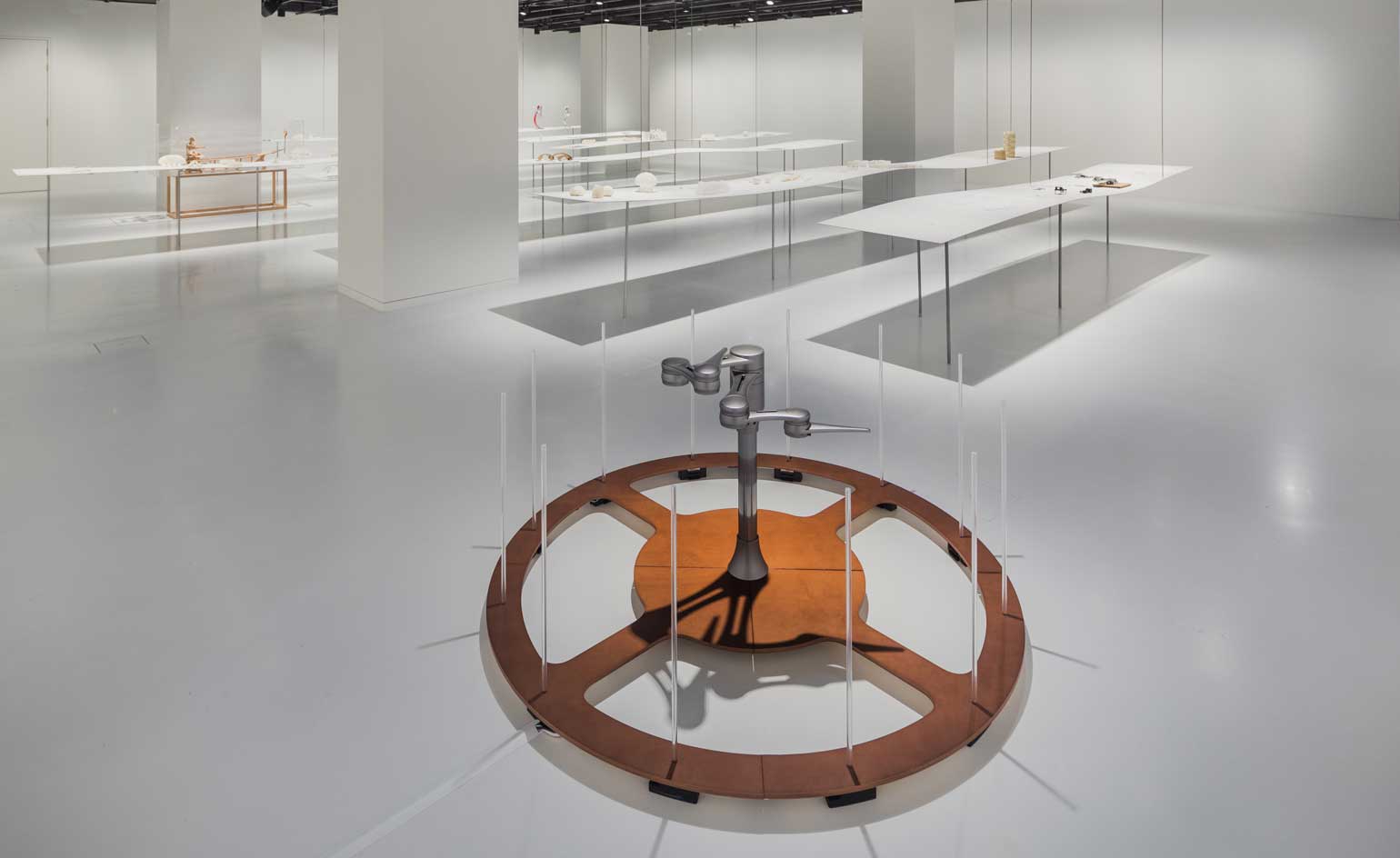 Dream machines: Japanese robots mirror human behaviour in London
Dream machines: Japanese robots mirror human behaviour in London -
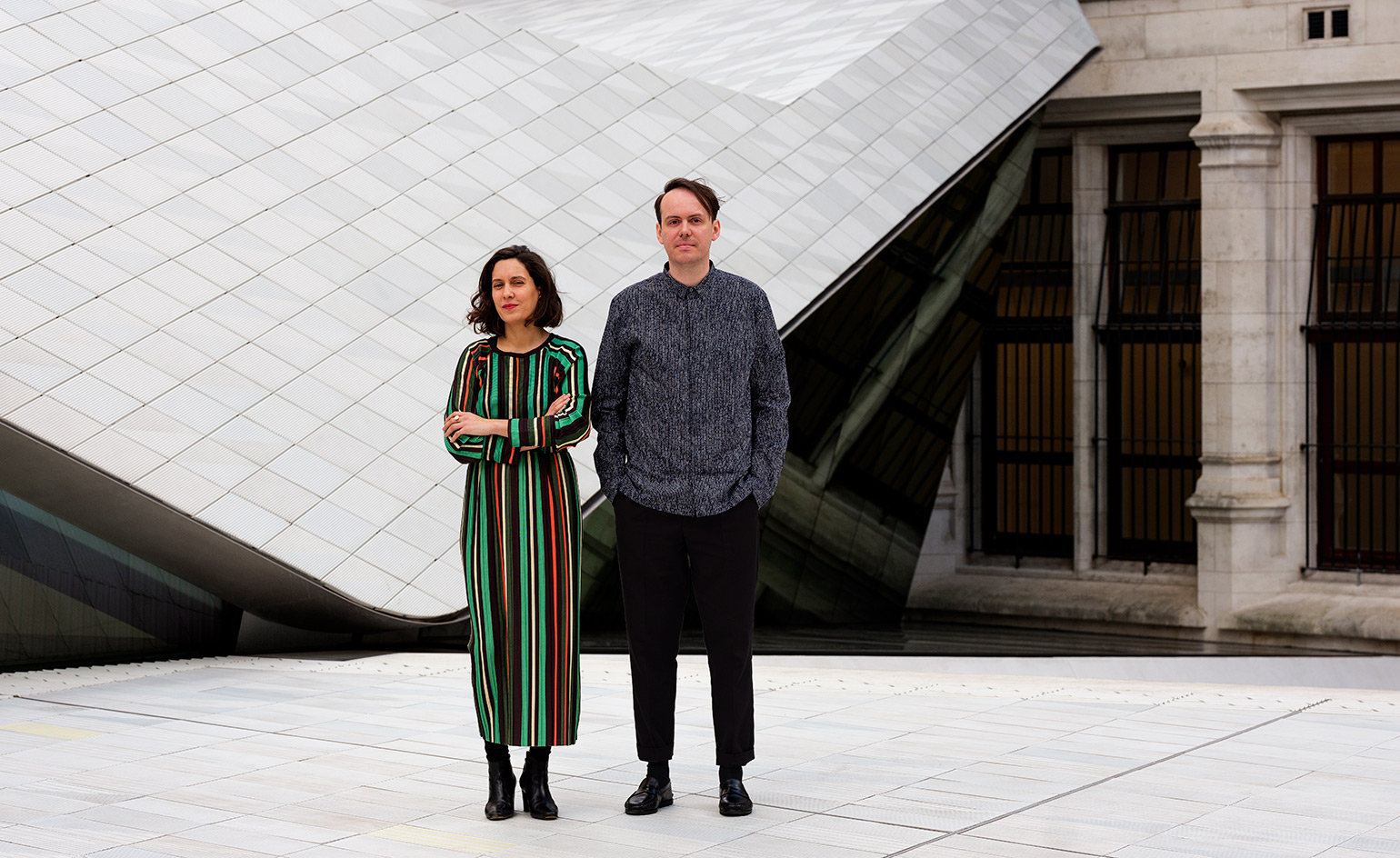 Muscle suits, Bitcoin miners and artificial leaves descend on the V&A in a technology takeover
Muscle suits, Bitcoin miners and artificial leaves descend on the V&A in a technology takeover -
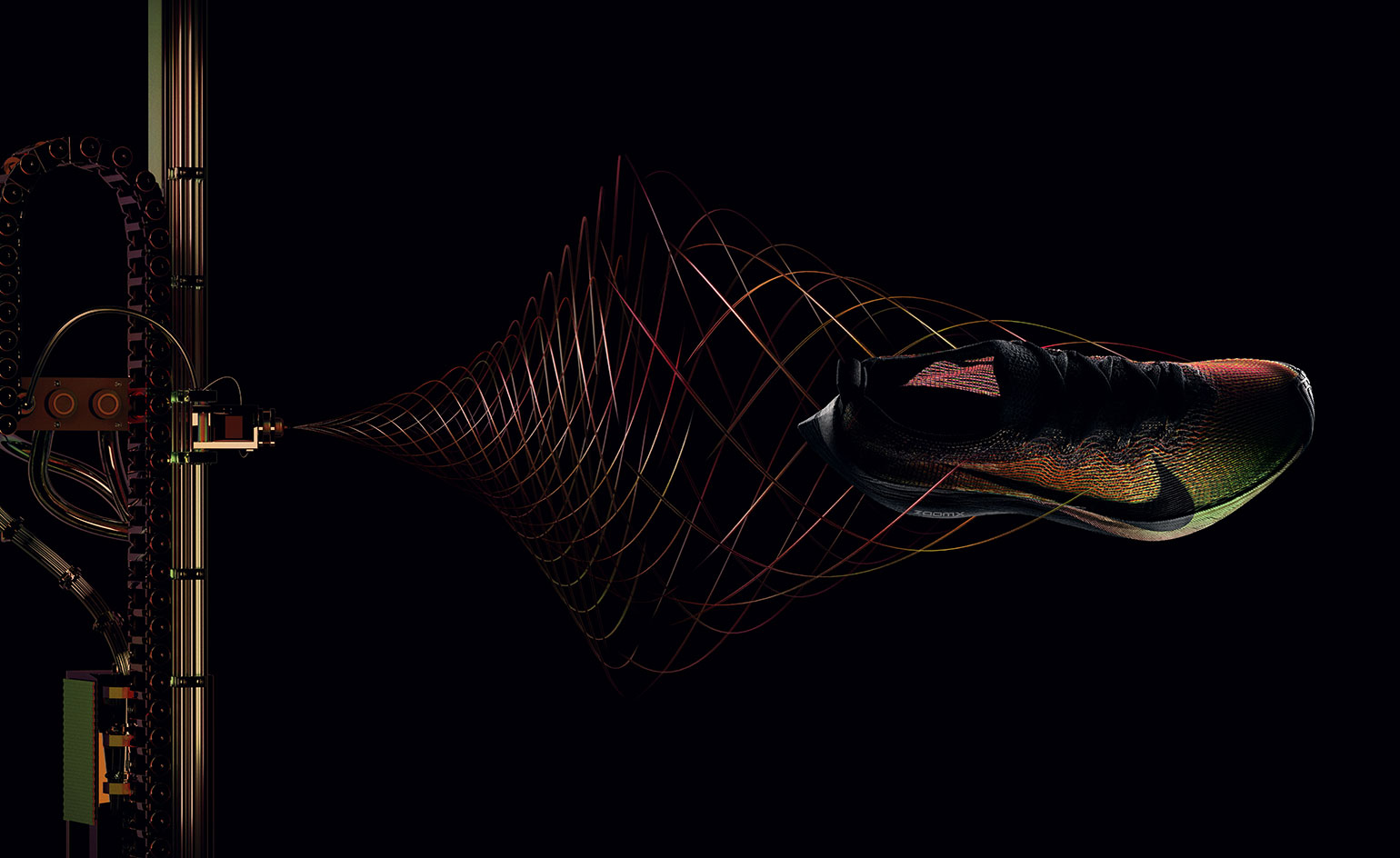 Behind the scenes of Nike’s new 3D-printed Flyprint performance footwear
Behind the scenes of Nike’s new 3D-printed Flyprint performance footwear -
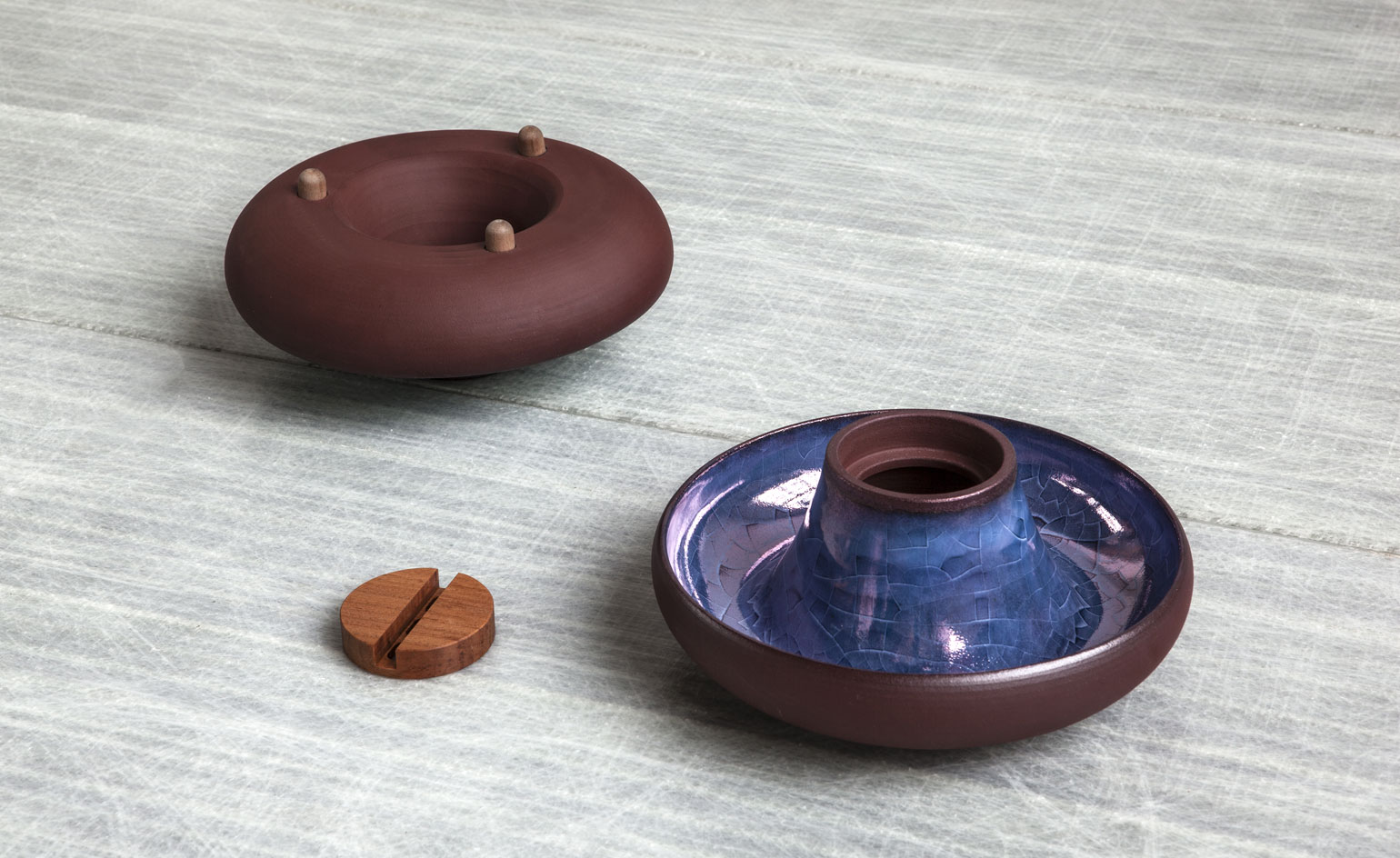 Kosho Ito and Kibisi’s smart hybrid embraces traditional Japanese craft
Kosho Ito and Kibisi’s smart hybrid embraces traditional Japanese craft